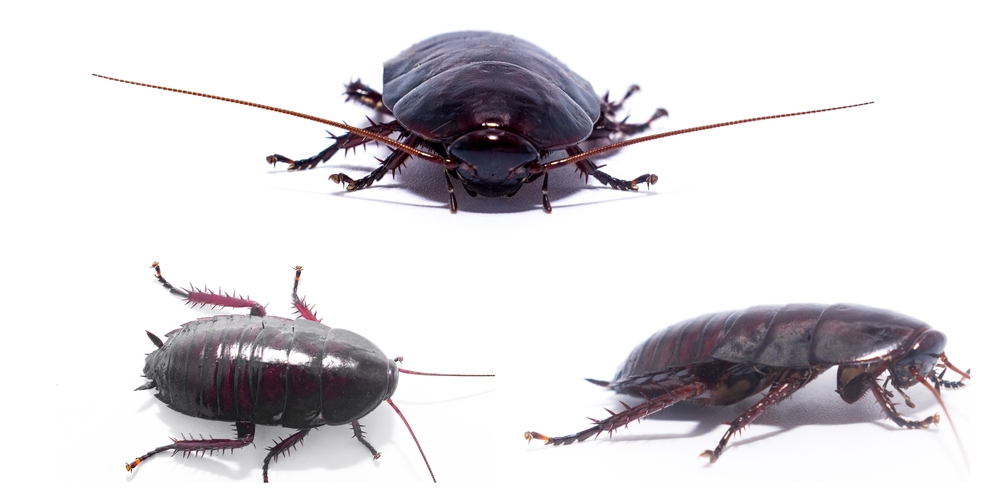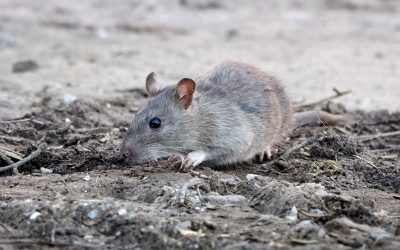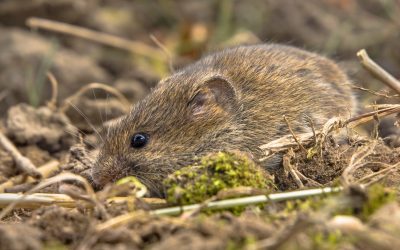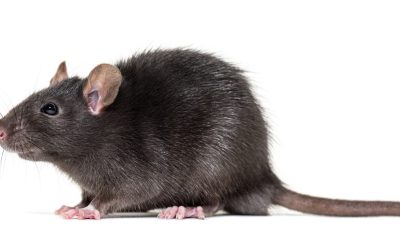Living in Florida has many benefits: from the clear beaches to the year-long summer weather and delicious food inspired by the strong Latin American culture that enriches the area, living in Florida can definitely be a positive experience. However, that doesn’t mean it is perfect. Among a few challenges of living in this wonderful state, palmetto bugs definitely crawl into our top 3. These insects are an unwelcome and common sight in most properties due to the region’s warmth and humidity levels. They can be recognized because of their unsettling size and appearance, but luckily they are mostly harmless. If you have seen any of them scurrying around your home, it’s best if you know exactly how to deal with them before they settle in your property and create a real problem for you.
What are palmettobBugs?
Palmetto bugs or (Florida wood cockroaches) are large cockroach species that grow 30 to 40 mm (or 1.2-1.6 inches) in length, have a set of wings, and are unfortunately very common in Florida.
Adult palmetto bugs eject a distinct, extremely foul-smelling spray when alarmed hence their other common names like Florida skunk roach, stinking cockroach, and Florida stink roach. Palmetto bugs derive their name from Palmetto trees which happen to be one of their most preferred habitats in Florida.
How do you identify palmetto bugs?
You might think identifying a palmetto bug should be easy, but it might not always be the case. Luckily, these bugs have some distinct differences compared to regular cockroaches which you can use as specific signs to pinpoint them:
By their color
You can identify Palmetto bugs in many ways, the most notable being by their appearance (color). Palmetto bugs have a dark, blackish-brown to reddish-brown color.
Florida wood cockroaches are dark to blackish-brown cockroaches. They may assume a reddish-brown color after molting (shedding their exoskeleton).
By their wings
Florida stink roaches can also be identified by their distinct short forewings that extend past their mesonotum – the upper surface of their middle thoracic ring. They also lack hind wings.
By their size
As mentioned above, adults measure 30 to 40 mm (or 1.2-1.6 inches) in length. However, they are known to grow past this range. Florida woods cockroaches can grow up to 62 mm (or 2.429 inches) in length.
Keep in mind, palmetto bugs can be confused with certain cockroaches from time to time. Female oriental cockroaches (Blatta Orientalis), for example, have a striking resemblance to Florida wood cockroaches. In fact, the two are normally mistaken for the other by casual observers. This list should help you be sure of what type of insect is giving you trouble so you can make an informed decision on how exactly you can get rid of them.
How can you tell if you have a palmetto bug infestation?
One of the obvious signs of a palmetto bug infestation is seeing the bugs in your home. Like all roaches, palmetto bugs are nocturnal. They love moving around and foraging in the dark, so if you can spot them during the day, it means you have a heavy infestation that has forced them to forage during the day.
You may also have an infestation if you see black Palmetto bug droppings that resemble pepper grains and measure approximately 1 mm in length. If the situation is severe, you may also see palmetto bug eggs which are usually in dark brown egg sacks measuring 14 to 16 mm (or 0.55 to 0.63 inches in length). The egg case usually contains approximately 20 eggs and has indentations showing the location of the eggs. This sign is usually accompanied by a musty smell in their hideouts.
Apart from dark areas, palmetto bugs love warm moist environments, which include bathrooms, and locations like basements, garages, and crawl spaces. They also love outdoor areas like hollow trees, under palm leaves, under-leaf litter, wood piles, septic tanks, etc. As their name suggests, they love dwelling on Palmetto trees. Be sure to check all of these areas to have a better understanding of the situation at hand.
Other notable signs of palmetto bugs in your home include palmetto bug bites evident as damage to books, leather, and wallpaper, which they love to eat. They can also damage (chew) food containers as they forage for food. The bugs also leave smears along the trails they use when searching for food and water.
How to prevent a palmetto bug infestation
You can prevent an infestation by getting rid of conditions that create suitable habitats for palmetto bugs. For instance, you can get rid of dirt (leaf litter) and other decaying organic materials in your home. Fixing leaky pipes will also cut their access to water which they need to thrive. Maintaining high standards of hygiene at home will also help.
For instance, cleaning up human and pet food remains immediately and avoiding clutter will eliminate potential food sources and suitable habitats. It also helps to seal all crevices, cracks, and holes that can give the bugs access to your home from the outdoors.
What to do if you already have a palmetto bug problem
If you already have an infestation, consider calling experts. While there are some DIY steps you can take to deal with the problem yourself i.e., getting rid of clutter, setting up bait stations or fixing leaky pipes, once an infestation has occurred, it is best left to experts to deal with it effectively and safely.
You can’t be 100% sure you have dealt with the infestation and safeguarded your family’s health in the process if you don’t have expert knowledge and the right equipment to deal with palmetto bugs. Infestations can cause allergic reactions, skin irritation, and many other health problems, which makes this a situation you really don’t want to delay.
If our guide has helped you identify a real problem in your property, you can contact us to get to the root of the issue and get the situation sorted out in no time. Our expert team at Shoreline Pest Services will conduct a thorough inspection and craft a safe and effective treatment plan that will eliminate the presence of this unwelcome pest and prevent a future infestation. You can check out our comprehensive services and send us an email at [email protected] or call us at 561-842-4700 to get the situation under control. When you work with us you win, bugs lose, every time.





0 Comments